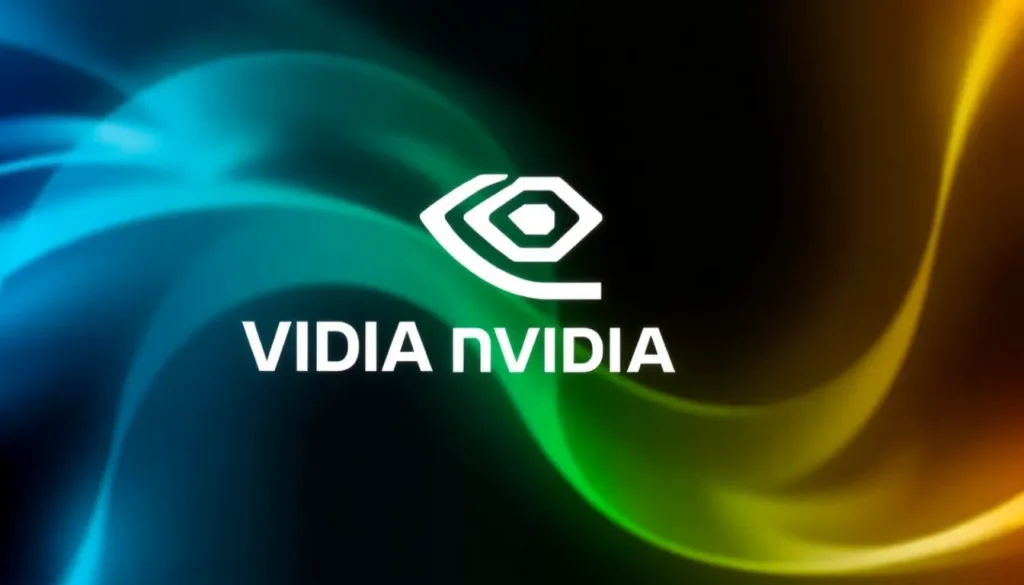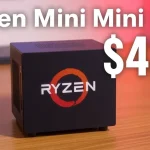NVIDIA and Intel join forces to develop new x86 chips

In a surprising turn of events, NVIDIA and Intel have formed a partnership to develop new x86 chips aimed at both consumer and data center markets. This collaboration marks a significant shift in the competitive landscape of the tech industry, with NVIDIA announcing a substantial investment of $5 billion in Intel. This investment will grant NVIDIA a roughly 5% stake in the Santa Clara-based chipmaker, signaling a commitment to a multi-generational collaboration on hardware development.
This partnership is set to divide its efforts into two main areas. The first focuses on consumer hardware, where Intel will develop new x86 SoCs (System on Chips) that integrate NVIDIA's RTX graphics in a chiplet format. The goal is to make this innovative hardware available across a broad range of computers.
While no specifics have been disclosed regarding the launch of this new hardware, speculation suggests that initial implementations might target laptops and mini PCs, as these segments have seen growing demand for integrated graphics solutions. However, it is likely that traditional desktop users will continue to prefer dedicated NVIDIA GPUs for their performance needs.
The second facet of this collaboration is directed toward data centers. Here, Intel will manufacture a new line of NVIDIA x86 processors intended for use in NVIDIA's AI servers, as well as for sale to other companies. This move reflects the increasing importance of AI infrastructure in the tech landscape.
At this stage, technical specifications for the new joint developments have not been released, and it remains unclear when these products will hit the market. Notably, NVIDIA's NVLink technology will play a crucial role in connecting the architectures of both companies, promising enhanced performance and efficiency in their combined offerings.
Understanding the significance of the NVIDIA-Intel partnership
The collaboration between Intel and NVIDIA is particularly noteworthy given their historical rivalry in the PC and data center hardware sectors. However, prior connections between the two companies add a unique twist to this partnership. For instance, in 2005, Intel had the opportunity to acquire NVIDIA at a bargain price, with an estimated transaction value of around $20 billion proposed by then-CEO Paul Otellini. However, this deal was ultimately rejected by Intel's board of directors.
The decision not to proceed with the acquisition has proven fortuitous for NVIDIA, as it has since emerged as the dominant player in the graphics card market, especially in gaming and AI hardware. Today, NVIDIA has a market capitalization exceeding $4 trillion, positioning it as one of the most valuable companies globally, surpassing even industry giants like Microsoft and Apple.
In contrast, Intel has maintained its status as a key player in computer and data center hardware, yet it has struggled to keep pace with technological innovations. AMD, in particular, has gained significant ground in the x86 segment, introducing compelling products that have captured the attention of consumers.
This shift in dynamics also follows NVIDIA's unsuccessful attempt to acquire ARM, the company behind the ARM architecture that has spurred many tech companies to develop their own chips. This trend has put further pressure on Intel's business model, as more firms explore alternative architectures.
The current landscape of GPU and AI hardware
Intel's attempt to compete with NVIDIA has seen mixed results. Their Arc GPUs and AI chips have often lagged behind NVIDIA's offerings in terms of performance and features. This reality was acknowledged by Intel's CEO, Lip-Bu Tan, who expressed this year that it is currently "impossible" for Intel to catch up with NVIDIA in the AI sector.
- NVIDIA's dominance in the gaming sector with high-performance GPUs.
- Intel's historical leadership in CPU manufacturing, facing pressure from AMD.
- The rise of AI and machine learning technologies, creating new demands for specialized hardware.
- Market shifts towards integrated solutions in consumer devices.
- The impact of ARM architecture on the semiconductor industry.
As the tech industry continues to evolve, the importance of collaboration between previously rival companies like NVIDIA and Intel may pave the way for innovations that better serve consumer and enterprise needs. This partnership could potentially lead to breakthroughs in integrated graphics solutions and advanced AI processing capabilities.
Potential impact on consumers and the tech industry
The implications of this partnership are vast and could lead to significant changes in both consumer and enterprise technology. For consumers, the integration of NVIDIA's RTX graphics into Intel's SoCs could result in more powerful and efficient computing devices, particularly for gaming and AI applications.
For the tech industry, this collaboration signals a potential shift in how hardware companies approach product development:
- Increased focus on integrated solutions that combine CPU and GPU capabilities.
- Greater collaboration across traditional rival lines, fostering innovation.
- A shift towards prioritizing AI capabilities in new hardware designs.
- Potentially faster advancement in data center technologies to support AI workloads.
As this partnership develops, it will be crucial for consumers and industry observers to monitor the outcomes and innovations that emerge from this collaboration. The world of technology thrives on competition, and the merging of expertise from both NVIDIA and Intel could yield exciting new products that redefine the landscape.
To further explore the implications of this partnership, you can watch this related video:




Leave a Reply